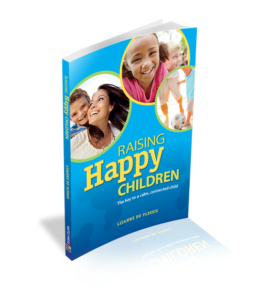Live Q&A, Sensory Processing
Q&A With Lizanne du Plessis: Camping/Holiday Tips for Children with SPD
Quick Summary & “Cheat Sheet”
1. Get familiar with your child’s sensory temperament styles and know how that temperament responds to over-stimulation or under-stimulation. (8:04)
- Hedgehog
- Giraffe
- Monkey
2. Choose a camping/holiday location that suits the caregivers’ needs for remaining relaxed as well as offering the right type of setting for your child’s temperament
- Do you prefer to be near other families in a campsite so you aren’t alone
- Do you prefer to be out in the open wilderness, or will the vast expanse feel frightening and under-stimulating?
- Do you prefer to be enclosed on all sides by the forest, or will the night-time sounds and darkness feel claustrophobic and frightening?
- Do you prefer to be near the beach or will the sound of the waves and wind be too overstimulating?
3. Look up photos of your campsite in advance
- Use Google Earth Views (maps.google.com and click the tools in the bottom right corner)
- Go to the park’s website
- Look them over a few days in advance with the family, picking out where to put your tent or caravan/camper and imagining what fun it will be to build a fire or play games in the space
4. Stick to a routine
- The two pillars of the daily routine are the Morning/Waking Routine and the Bedtime routine.
- If you use routine charts at home, bring them with you and display them somewhere as an all-day reminder of the main parts of the day that will stay the same
5. Schedule some quiet time in the afternoons
- It may not be realistic to expect napping during this exciting or unusual time & place, but let everyone have some self-regulation time in the afternoons by having quiet time.
- Try 30 minutes of individual reading, doing a puzzle alone, listening to music or a story in headphones while lying in the hammock
6. Bring something to use as individual sensory refuges (photos at 39:10)
- Lycra hammock
- Mini pup tent/beach tent
- Inflatable tube to sit in
7. Utilize sensory tools at intervals throughout day to give proprioceptive input for regulation
- Weighted blanket
- Lycra hammock (image at 39:10)
- Backpack full of heavy items to wear on a walk or around campsite
- Use CoordiKids programs on phone for short daily sessions
Links to Lizanne’s website and books:
View Now

